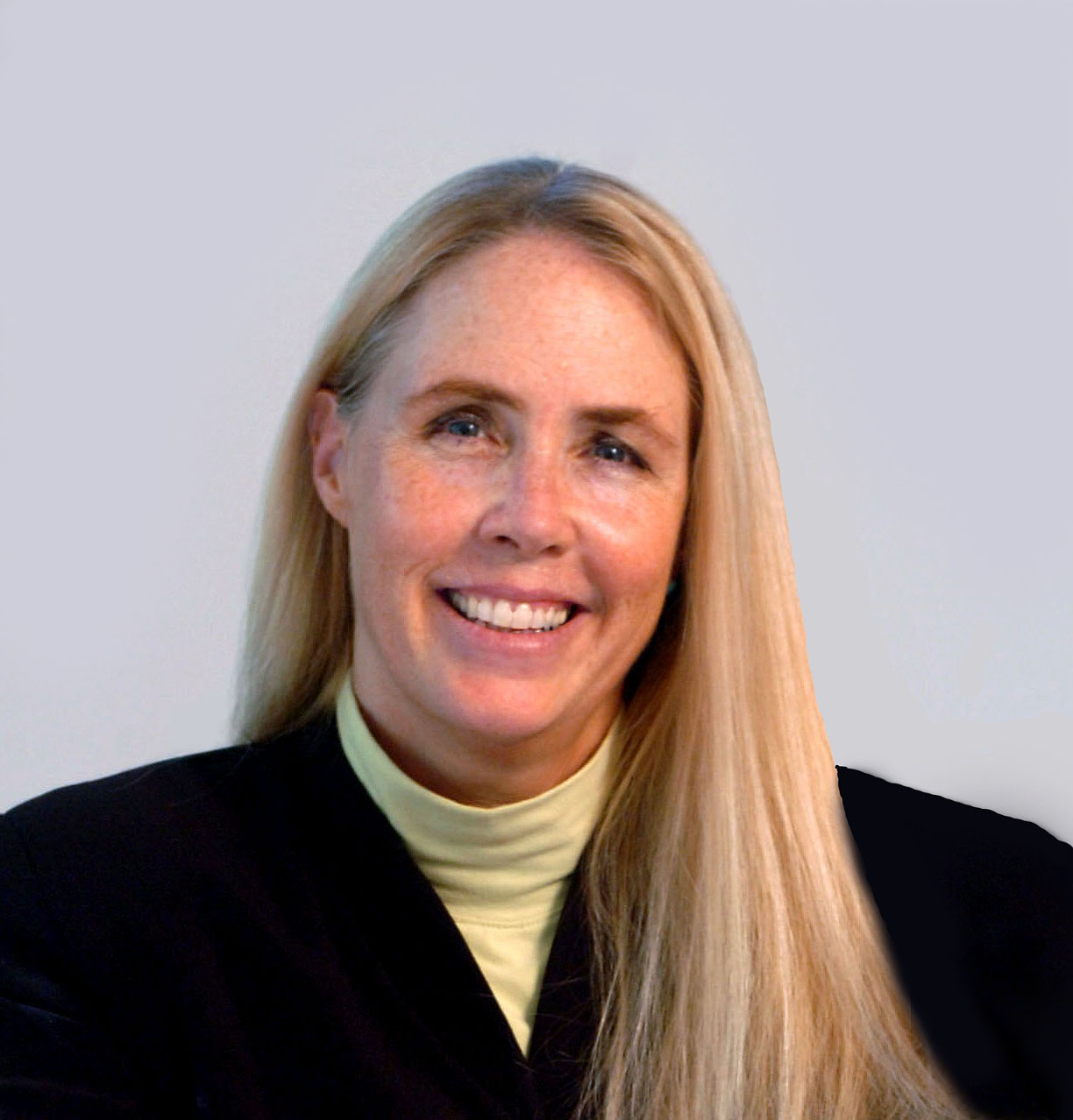National Public Radio Ombudsman Speaks on ‘Promise & Perils’ of Internet Age
October 2nd, 2010 Posted in Arts and LifeShepard explains how to balance instant information, free expression and journalistic credibility
LOGAN—An “ombudsman” is charged with handling concerns about an organization. In Alicia C. Shepard’s case, that means answering public complaints about the news.
 Shepard, ombudsman for National Public Radio in Washington, D.C., comes to Utah State University on Oct. 4-5 to discuss the state of the news in the Internet age. Her topic, “The Perils and Promise of Social Media,” is the first 2010-2011 Morris Media & Society Lecture at the USU Performance Hall, Tuesday, Oct. 5, from noon-1:15 p.m. The event is free and open to the public.
Shepard, ombudsman for National Public Radio in Washington, D.C., comes to Utah State University on Oct. 4-5 to discuss the state of the news in the Internet age. Her topic, “The Perils and Promise of Social Media,” is the first 2010-2011 Morris Media & Society Lecture at the USU Performance Hall, Tuesday, Oct. 5, from noon-1:15 p.m. The event is free and open to the public.
Shepard, a veteran journalist, author and educator, will discuss the perils of social media for student and current journalists schooled in traditional professional values. “There’s definitely an up-side to social media” such as Facebook, blogs, texting and Twitter, Shepard says, “but some of the downsides threaten credible journalism.”
As National Public Radio ombudsman, Shepard is responsible for bringing transparency on NPR’s journalistic decision-making for listeners. She responds to queries and comments from listeners, writes a blog, appears on NPR programs to discuss listener concerns, and provides guidance on journalism practices to NPR member stations, such as Utah Public Radio.
“I see my job as explaining NPR to listeners, and listeners to NPR,” Shepard says.
As part of her visit, Shepard will meet in classes with students in the Department of Journalism & Communication, be interviewed on “Access Utah” on Utah Public Radio, and participate in a variety of events for students and the public.
Among the ethics questions she will explore in her speech and class sessions: guidelines for journalism sites (such as NPR and USU’s Hard News Café) as well as individual bloggers, whether there are journalistic ethics on the Web, and how to ensure that online information conforms with ethical standards of journalistic responsibility.
“At the end of the day, our most important asset as journalists is our credibility,” Shepard says. “It doesn’t matter how great a writer, on-air personality or reporter you are if you don’t have credibility.”
Shepard was named National Public Radio’s ombudsman in 2007. Previously, she was a writer on journalism issues for American Journalism Review for nine years, and more recently wrote for Washingtonian magazine, Chicago Tribune, The New York Times, Los Angeles Times, The Newark Star Ledger and The Washington Post while working on a new book on Watergate journalists Bob Woodward and Carl Bernstein.
That book, Woodward & Bernstein: Life in the Shadow of Watergate (2007), chronicles the lives of the two journalists during and after their landmark investigation. Shepard also is co-author of Running Toward Danger: Stories Behind the Breaking News of 9/11 (2002), about how journalists covered the tragedy and the public roles they played. She also wrote Narrowing the Gap: Military, Media and the Iraq War (2004).
Shepard also serves on the boards of the Robert F. Kennedy Journalism Awards, the Fund for Investigative Journalism, and the Organization of News Ombudsmen.
Shepard’s appearance at USU is co-sponsored by Utah Public Radio and the Department of Journalism & Communication’s Morris Media & Society Lecture Series, with financial support from the USU Provost’s Office. The Morris lecture series is named in memory of a USU journalism instructor, copy editor John Morris, and funded by his family, friends and former students with a goal of bringing professional journalists to campus to help students examine the role and responsibility of journalism in society, “to afflict the comfortable and comfort the afflicted.”
Other Fall 2010 Morris Media & Society Lecture Series events:
• Sept. 28: MARK TRAHANT, editor, reporter and blogger: “Journalism Evolving: From Tabloids to Tweets.” Mark Trahant, author, blogger and former executive editor of The Salt Lake Tribune and editorial page editor of The Seattle Post-Intelligencer. Old Main 225, 10:30-11:45 a.m.
• Oct. 21: REED COWAN, filmmaker: “8: The Mormon Proposition.” USU alumnus Reed Cowan (USU ’97), originally of Roosevelt, Utah, and formerly a reporter and anchor in all four major Salt Lake City TV newsrooms, is a filmmaker and TV news anchor in Miami. He brings his Sundance documentary about gays, same-sex marriage and California’s 2008 Proposition 8 campaign to USU for a screening & discussion. Eccles Conference Center, 7-10 p.m.
• Nov. 4: Anne Garrells, National Public Radio. “Bearing Witness—One Journalist’s Take on Covering the World.” National Public Radio’s veteran war correspondent Anne Garrells comes to USU to report on the world, with her own eye-witness reporting from Iraq, Afghanistan, Kosovo and, most recently, Russia. USU Performance Hall, 2-3:30 p.m.
All Morris Media & Society events are free and the public is invited. For more information, or to arrange to attend interviews or sessions with MM&S speakers, please contact the USU Department of Journalism & Communication at 435-797-3293, or email JCOM Department Head Ted Pease at ted.pease@usu.edu.
TP
Tags: Alicia Shepard, journalism, Media & Society Lecture, social media

Sorry, comments for this entry are closed at this time.